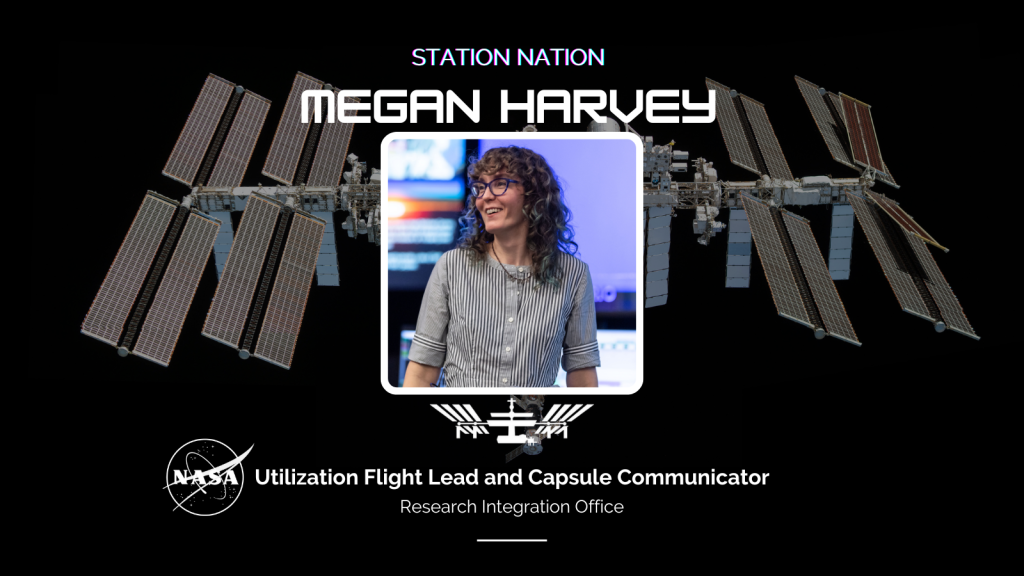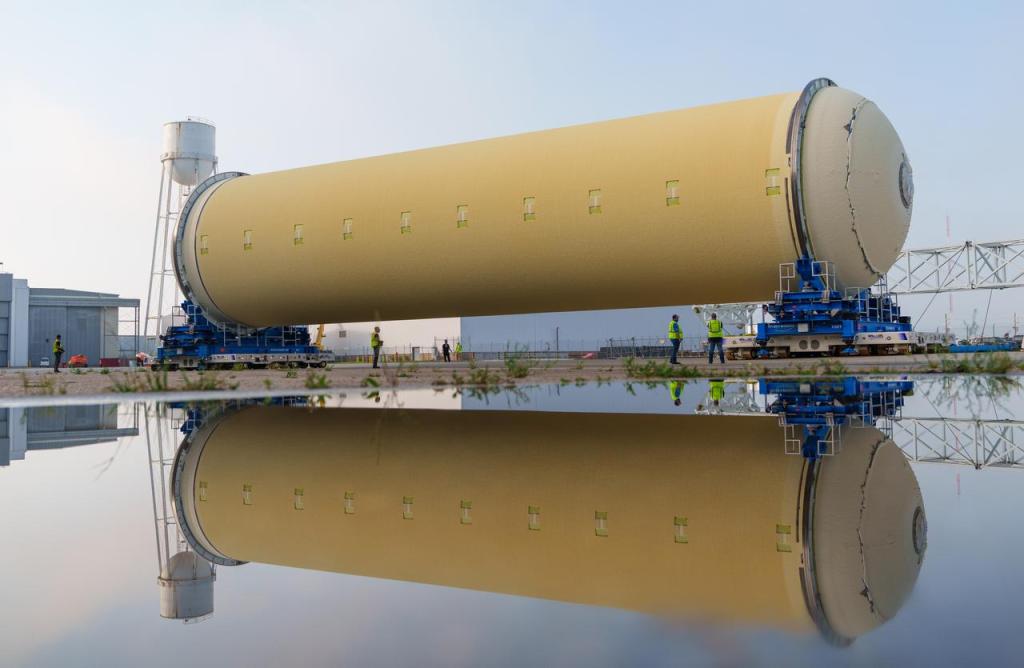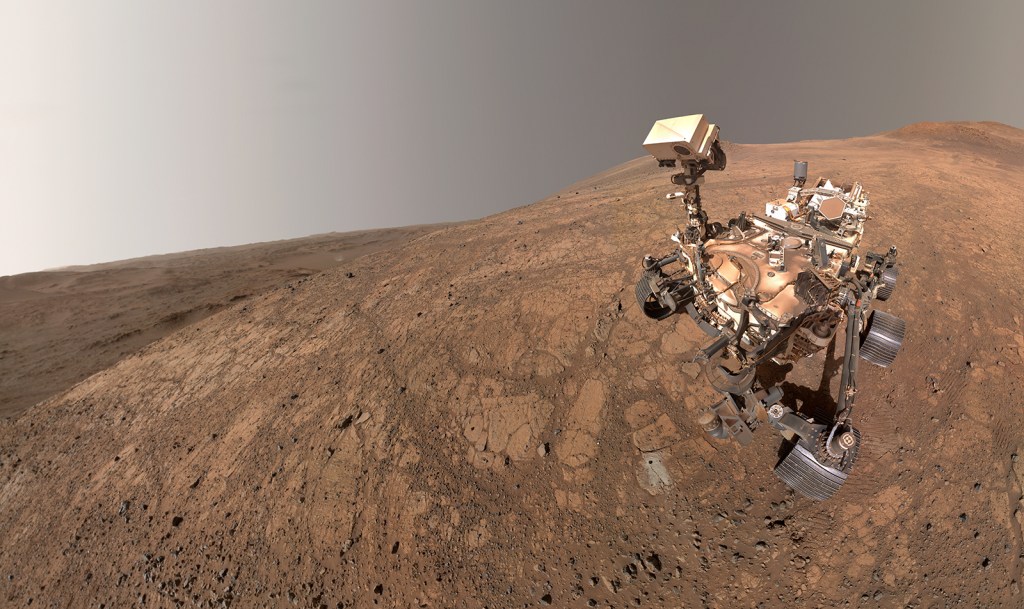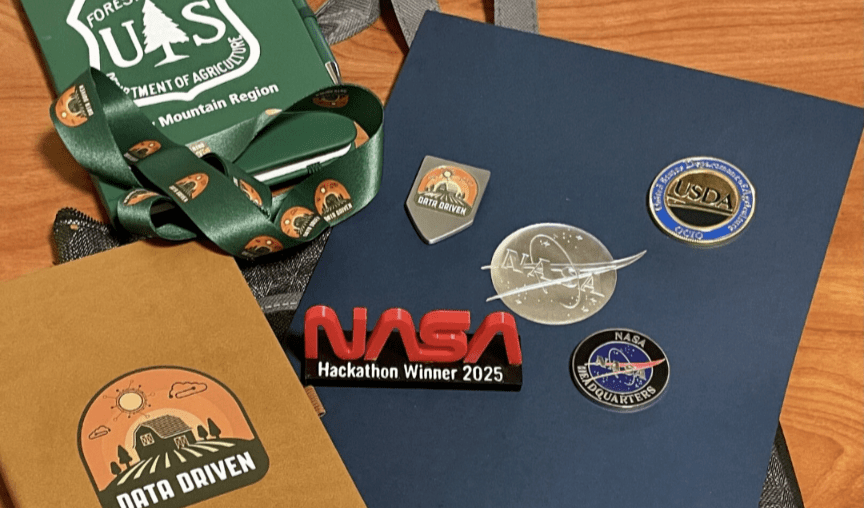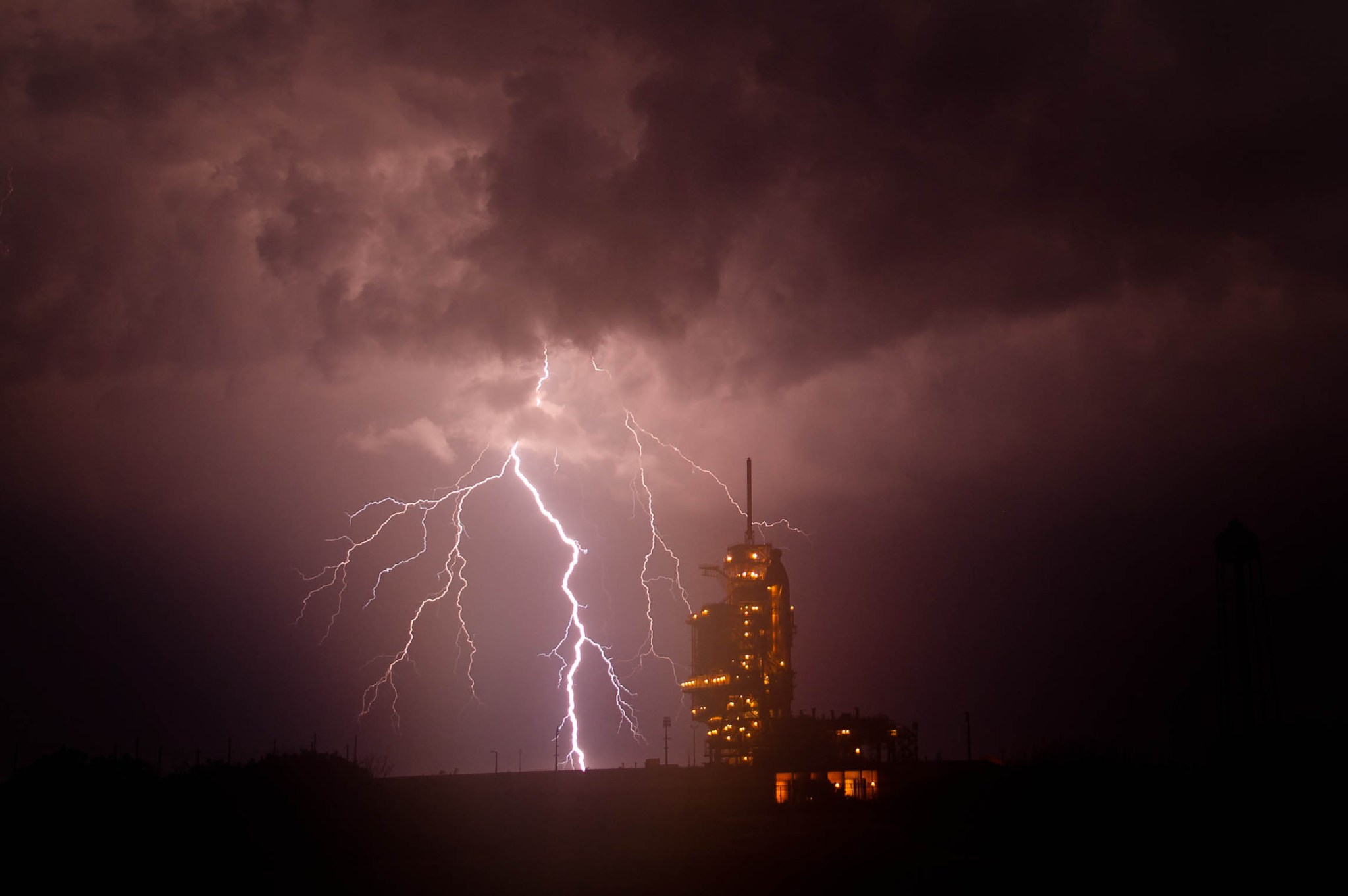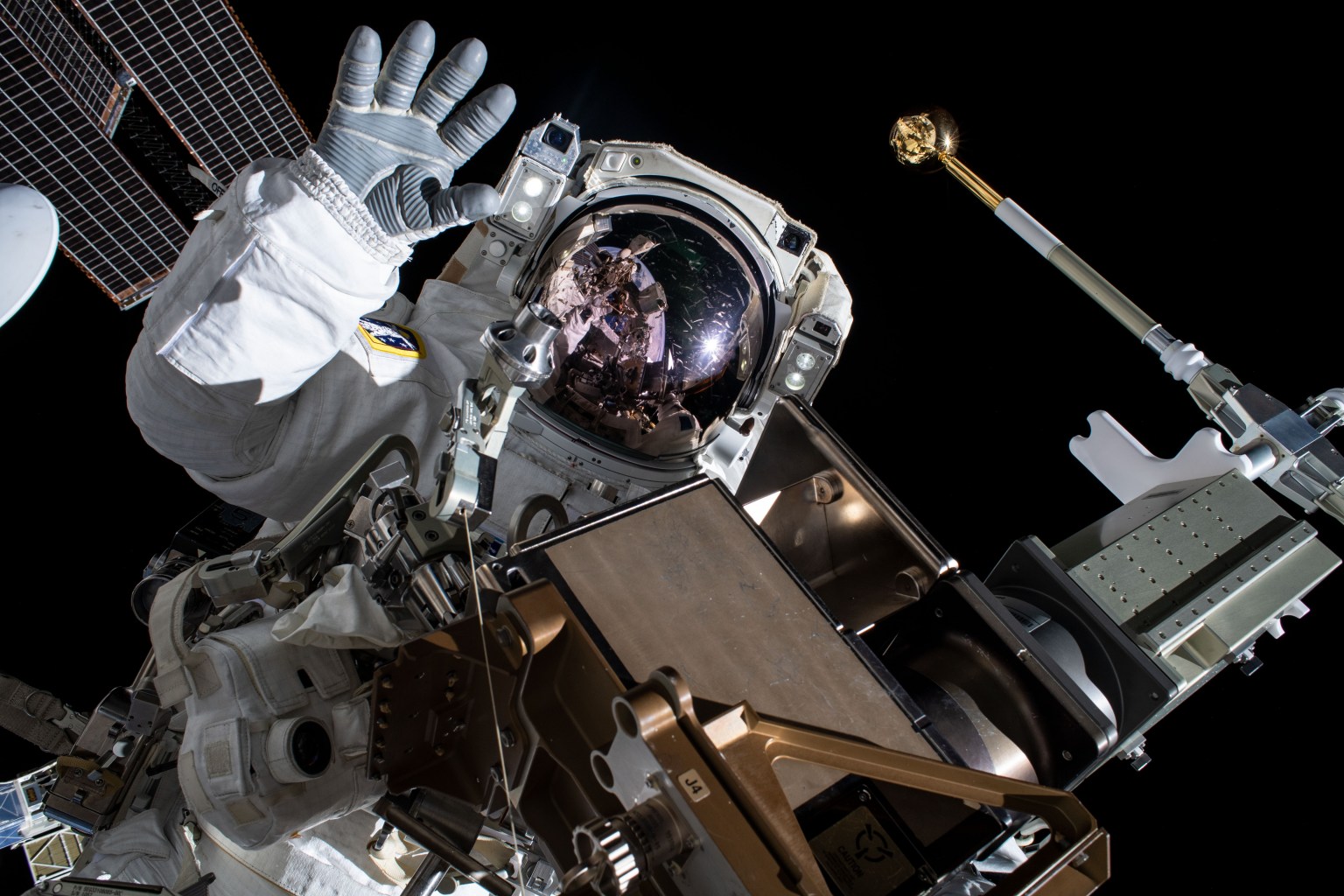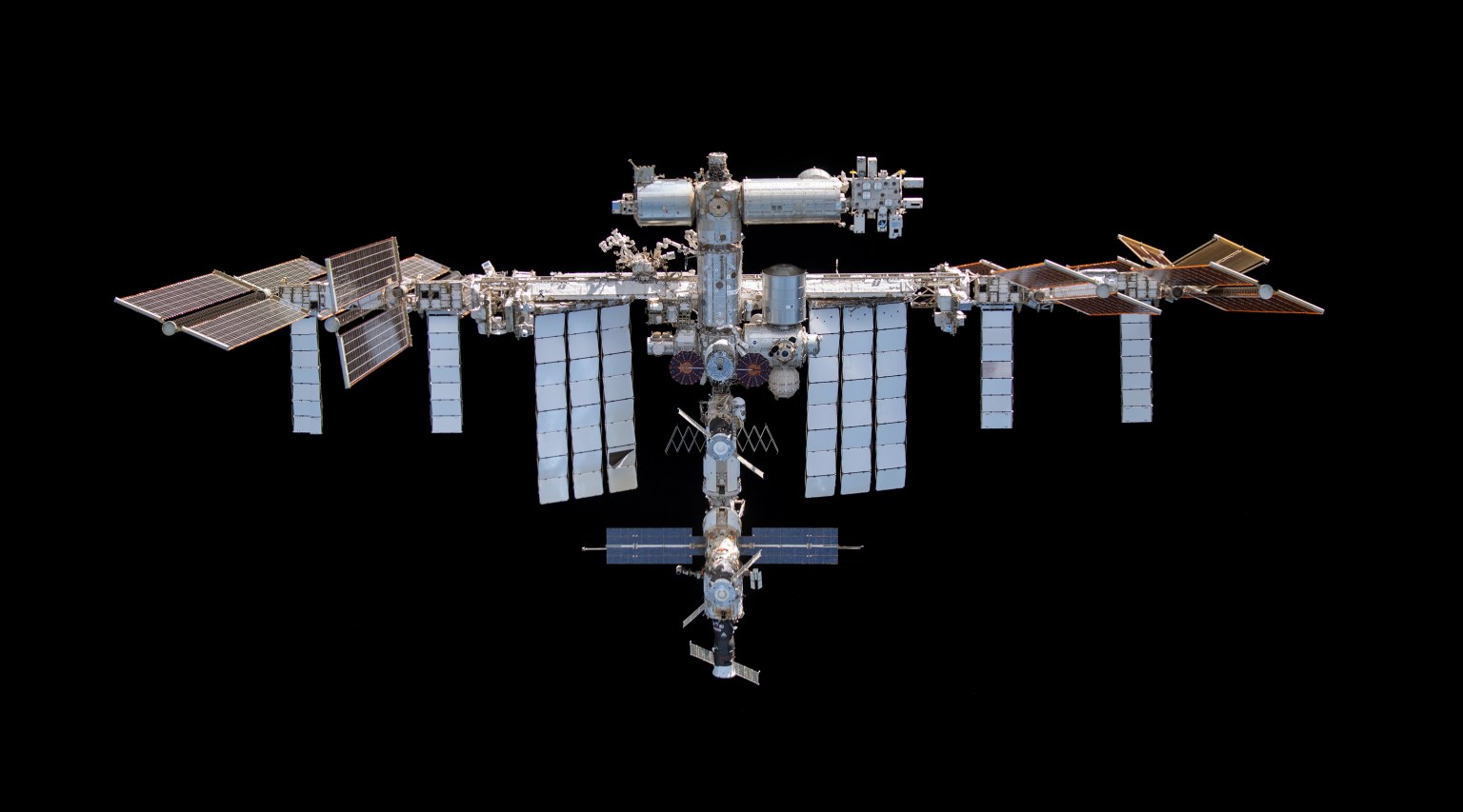It is important to protect humans from unintended electrical current flow during spaceflight. The thresholds for contact electrical shock are well established, and standards and requirements exist that minimize the probability of contact electrical shock. Current thresholds were chosen (vs. voltage thresholds) because body impedance varies depending on conditions such as wet/dry, AC/DC, voltage level, large/small contact area, but current thresholds and physiological effects do not change. By addressing electrical thresholds, engineering teams are able to provide the appropriate hazard controls, usually through additional isolation (beyond the body’s impedance), current limiters, and/or modifying the voltage levels. Risk assessment determined that the probability of an event was extremely low, and the most serious consequence is expected to be involuntary muscle contraction.
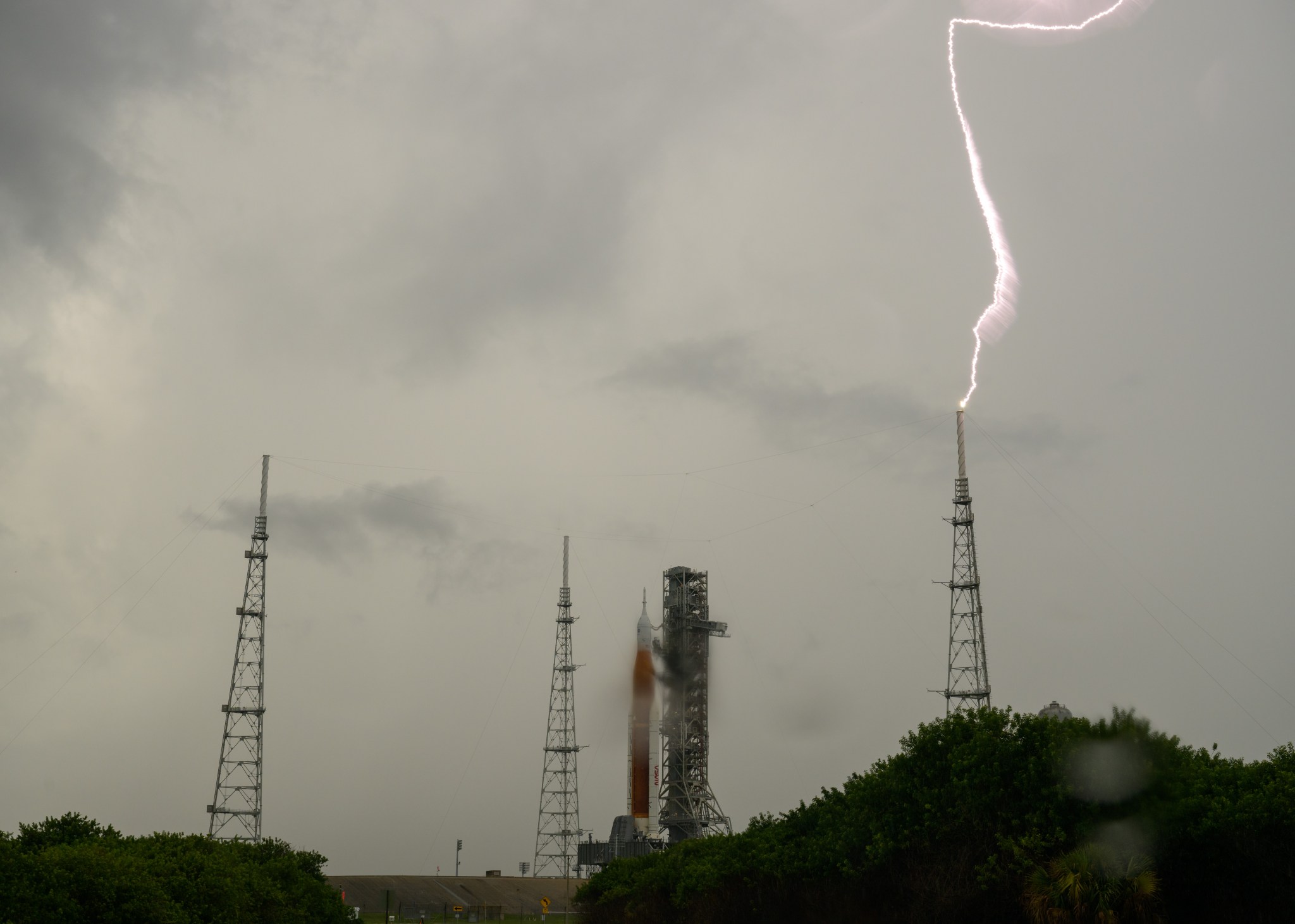
Directed Acyclic Graph Files
+ DAG File Information (HSRB Home Page)






